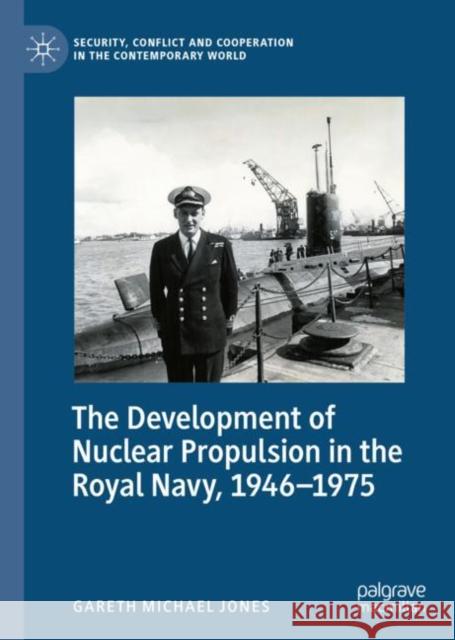The Development of Nuclear Propulsion in the Royal Navy, 1946-1975 » książka
topmenu
The Development of Nuclear Propulsion in the Royal Navy, 1946-1975
ISBN-13: 9783031051289 / Angielski / Twarda / 2022 / 280 str.
The Development of Nuclear Propulsion in the Royal Navy, 1946-1975
ISBN-13: 9783031051289 / Angielski / Twarda / 2022 / 280 str.
cena 442,79
(netto: 421,70 VAT: 5%)
Najniższa cena z 30 dni: 385,52
(netto: 421,70 VAT: 5%)
Najniższa cena z 30 dni: 385,52
Termin realizacji zamówienia:
ok. 22 dni roboczych
Dostawa w 2026 r.
ok. 22 dni roboczych
Dostawa w 2026 r.
Darmowa dostawa!
Kategorie BISAC:
Wydawca:
Springer International Publishing AG
Seria wydawnicza:
Język:
Angielski
ISBN-13:
9783031051289
Rok wydania:
2022
Ilość stron:
280
Wymiary:
21.0 x 14.8
Oprawa:
Twarda
Dodatkowe informacje:
Glosariusz/słownik
Wydanie ilustrowane
Wydanie ilustrowane











